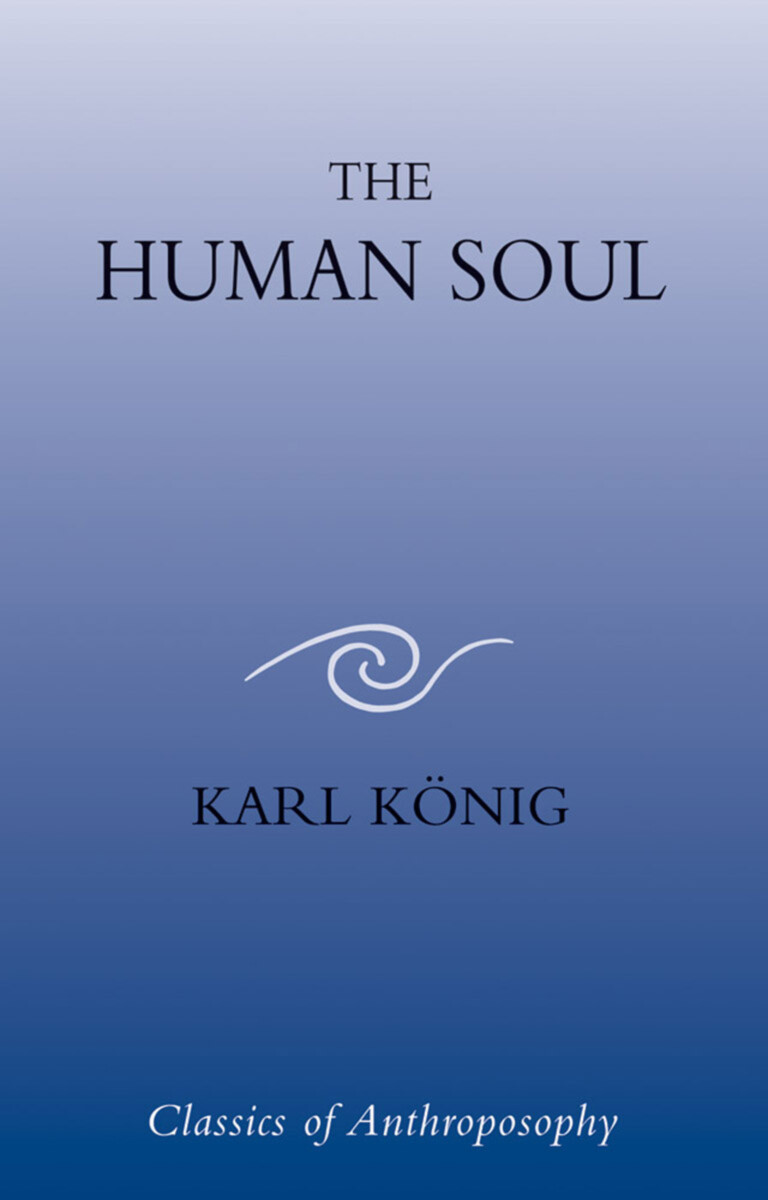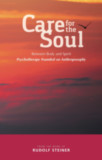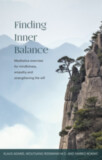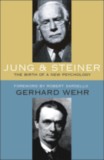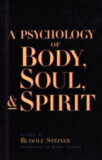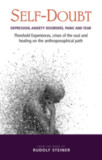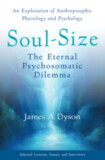The Human Soul
- Publisher
Floris Books - Published
24th August 2006 - ISBN 9780863155789
- Language English
- Pages 160 pp.
Modern psychology has laid open our drives, attitudes, and traits, but it has stripped the human being of all wonder and beauty, of all meaning in pain and joy. Stripped of soul, the human being is pale and deathly.
The nature of the human soul is certainly difficult to describe or quantify, but it is nonetheless something that we all know exists in the depths of our being. In this classic work, Karl König considers the various characteristics of the soul. He looks at pain, anxiety, fear, shame, and anger, and he distinguishes four stages of conciousness: normal day-conciousness, dreaming, sleeping and deep sleep.
The Human Soul is a fascinating exploration into the mysteries and complexities of the soul, as well as a detailed study of the human psyche—emotions, moods, the senses, consciousness, and dreams. Written in the early 1960s, it is as refreshing today as when first published.
Karl König
Dr. Karl König (1902–1966) born on September 25th 1902 in Vienna, Austria, the only son of a Jewish family who owned a shoe shop. He studied zoology, biology, and medicine at the University of Vienna, graduating in 1927. During his studies on embryology, König encountered the works of Rudolf Steiner through Goethe's scientific writings. He immediately identified with Steiner and was soon acquainted with a number of his followers, including Ita Wegman.
Upon graduation, König was offered several high-profile positions in Vienna, but instead accepted an invitation from Ita Wegman to join her clinic in Arlesheim, Switzerland.
König's time at the Clinic would shape the Camphill movement. It was here that he met his wife and co-founder, Tilla Maasberg, and it was here that he first witnessed the Advent Garden. During this festival, during which children with learning disabilities circle a spiral of moss, lighting a candle from a large central beacon, he promised to dedicate his life “to the care and education of these children.”
Following his time at Arlesheim, König moved to Germany and was involved in founding the Pilgramshain Institute—one of the early curative educational (therapeutic) centers based on anthroposophy. However, due to the political pressure of the Nazi regime, König was forced to leave Germany in 1936. He returned to Vienna, where he operated a successful medical practice and led anthroposophic study groups until 1938.
Fleeing Austria after Nazi annexation in 1938, König became part of a small group of doctors, teachers, and artists to be granted political asylum in the United Kingdom in 1939. König moved to Aberdeenshire, Scotland, where this group founded a home for children with learning disabilities, which became the beginning of the Camphill movement. After World War II, more schools were established, as well as curative education villages for adults with disabilities, based on the ideal of working together as a community.
In the following decades, König's Aberdeenshire community grew and expanded into Britain, Europe, and North America, becoming the Camphill movement we know today. During this period, König worked tirelessly to help children and adults with special needs through publications, talks, and seminars—as well as by establishing communities around the world.
Karl König returned to Germany in 1964 and began yet another community, this one near Überlingen, on Lake Constance (Bodensee), where he died in 1966.


